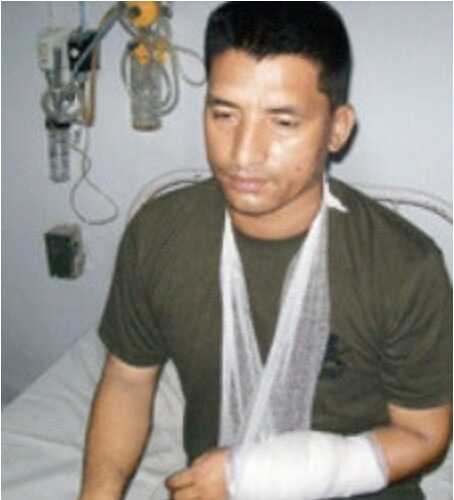
It’s such a common component of certain movie genres as to have become a trope. Whether it be Chuck Norris, Jason Statham, or Jackie Chan, the protagonist is set upon by half a dozen or so evil ninja warriors. Hopelessly outnumbered, our hero launches into a frenetic flurry of meticulously choreographed karate moves. All the while the foley guys dub in those weird fake thwacking sounds whenever anybody connects with flesh.
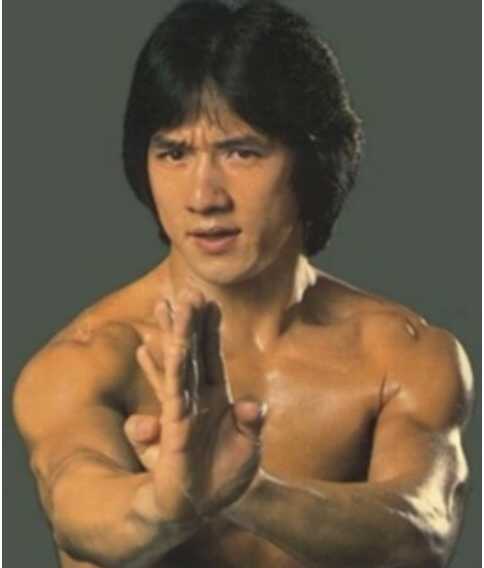
The focus is always justifiably on the hero, but the next time you take in one of these movies I’d suggest you direct your attention elsewhere. Jackie Chan’s gravity-defying hijinks are undeniably awesome. However, the real art falls to the subordinate evil ninjas. Jackie can really only righteously fight one at a time. What are the other five guys supposed to do while awaiting their turn?

There’s a legit art to it. The under-ninja has to fidget a bit from foot to foot and look on intently as though he is awaiting just the right moment to leap in and do his part to smite the good guy. In the real world, they would all typically just dog pile on and beat the holy crap out of the hero, ultimately binding him with a necktie and gagging him with his socks. However, this is not the real world. They just dutifully wait their turn until all the bad guys are beaten to a pulp sequentially, and the hero can move off to keep being awesome. Ultimately the movie fades to the credits or, in the case of Jackie Chan’s action films, the hilarious outtakes.

That’s the way it is done in Hollywood. However, I have reliable information that movies are not technically real. Back in September 2010, a recently-discharged ex-Gurkha infantryman named Bishnu Prasad Shrestha was heading by train back to the village of Gorakhpur and found himself in an interesting spot. How he responded is way cooler than anything you might see with Norris, Chan, or Statham.
Details
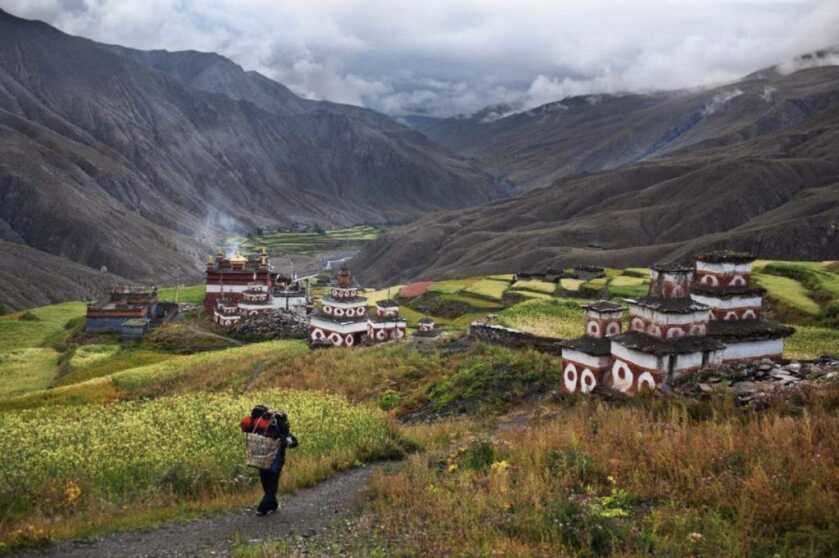
Bishnu Prasad Shrestha was born sometime in 1975 in ward number 9 of the Parbat District in western Nepal. After assessing into the Gurkha Regiment he and his family moved to Pokhara. During his time in service, Shrestha was assigned to the 7th battalion of the 8th Gorkha Rifles (not a typo–that’s how they spell it now). His father had served in the same regiment years before. Their unit motto is “Kayar Hunu Bhanda Marnu Ramro” (Better to Die than Live Like a Coward).

Following the independence of India from Britain in 1947, the curious organization of the six Gorkha regiments has been governed by the British-India-Nepal Tripartite Agreement. In 1949 the regional spelling of Gurkha was changed to the more traditional Gorkha. These six regiments, formerly part of the British Army, fell under Indian control along with a 7th regiment raised after independence. As of 2020, India maintained 39 Gorkha battalions in these seven regiments. Four regiments of Gorkhas remained affiliated with the British Army.
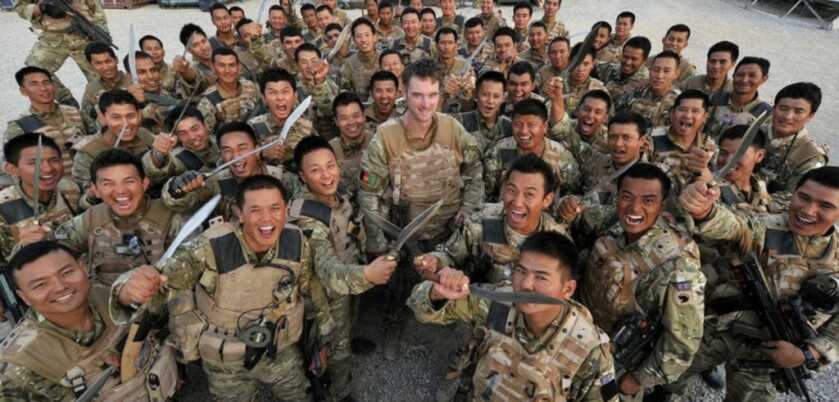
No matter how you spell it, these are some legendarily hard little dudes. Raised in the rugged high-altitude reaches of Nepal, the Gurkhas are notoriously tough. Though small in stature, their fighting spirit is universally respected. Selection for service is absolutely grueling, and their loyalty is said to be superhuman.
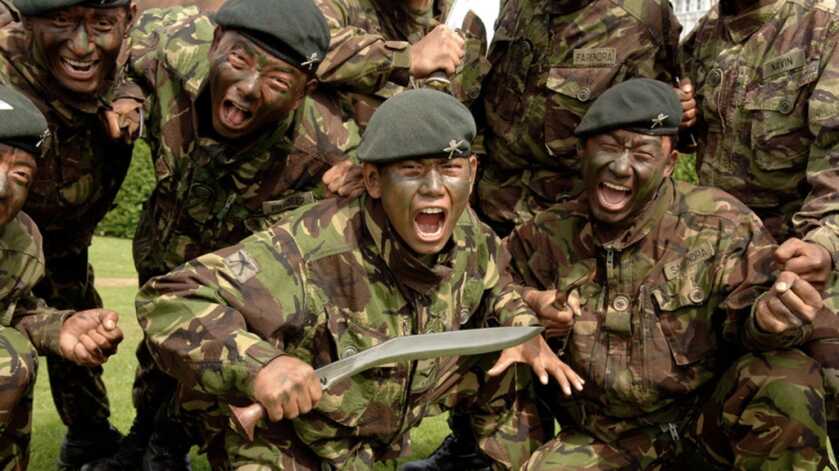
The Gurkha’s reputation is well-deserved. The Indian Army Chief of Staff, Field Marshal Sam Manekshaw, once opined, “If a man says he is not afraid of dying, he is either lying or is a Gurkha.” Osama bin Laden once claimed that if he had Gurkhas on his side he would, “Eat Americans alive.” Prince Charles, himself a former British military officer, offered the opinion, “In the world there is only one secure place, that’s when you are between Gurkhas.” Adolf Hitler once lamented, “If I had Gurkhas, no armies in the world would defeat me.” Pretty high praise that…
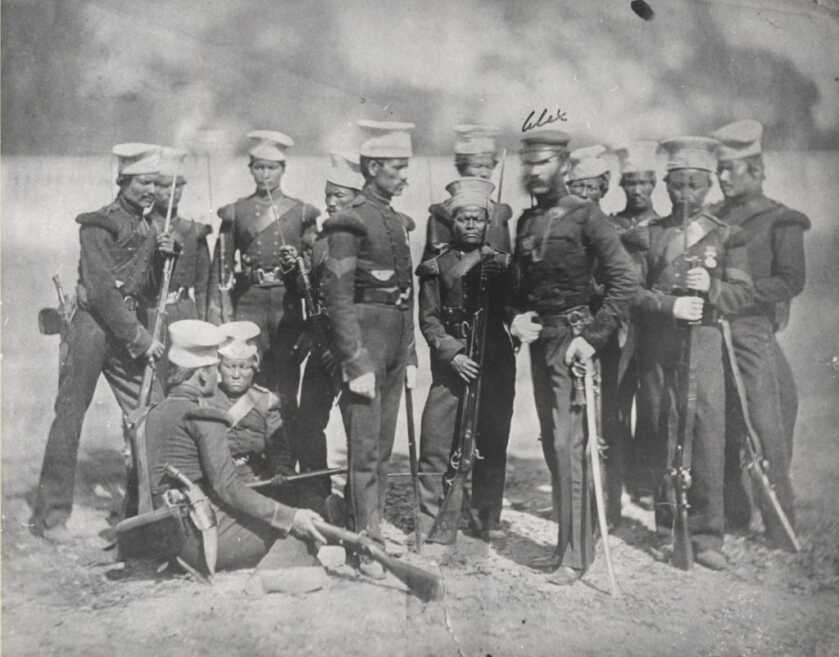
After a distinguished career, Bishnu had voluntarily separated from the service and was now making his way home to restart his life. Military service is hard. There is a reason young folks make the best soldiers. Bishnu was ready for some peace and tranquility. Unfortunately, he did not find it on the train ride home.
The Fight
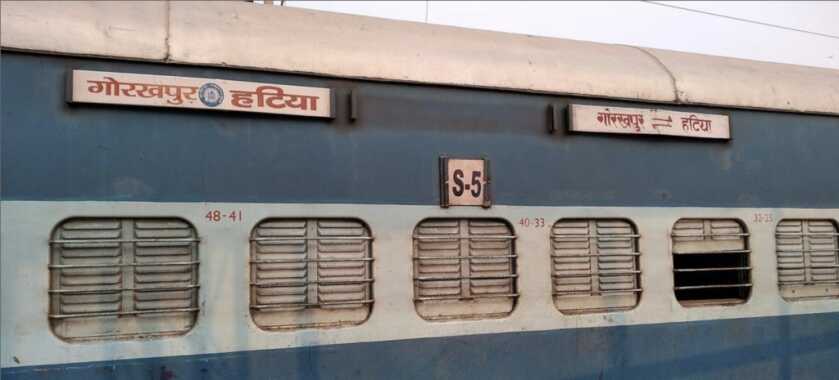
I found several sources for this tale, all of which differed in specifics. What follows is an amalgam I have crafted from all of them. If you were there and I missed some details please cut me some slack. I did the best I could with the information at hand. At around midnight, the Mauryu Express was passing near Chittaranjan, West Bengal. Bishnu was purportedly asleep at the time. When the moment was right an organized mob of between 30 and 40 bandits moved to take down the train.
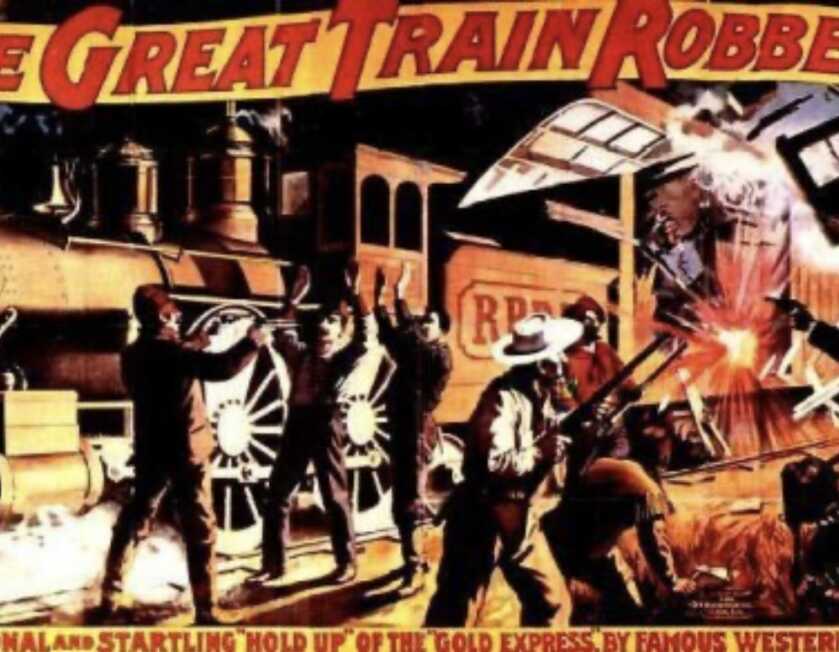
One source claimed all the robbers were posing as passengers. Another claimed that a few onboard henchmen stopped the train so that others could attack from the surrounding jungle. Regardless, these 30 or so bad guys now began moving down the aisles relieving the train’s passengers of their valuables. When they got to Bishnu he willingly gave up his wallet, watch, and mobile phone.

At this point in our tale, it behooves us to consider a bit of vocabulary. Meekness is power under control. It is a character trait that must be cultivated. It is also the mark of a proper man. However, never mistake meekness for weakness. Though these two terms might indeed rhyme, they are continents apart in meaning. Bishnu Prasad Shrestha was meek, but there was no weakness to be found there at all.
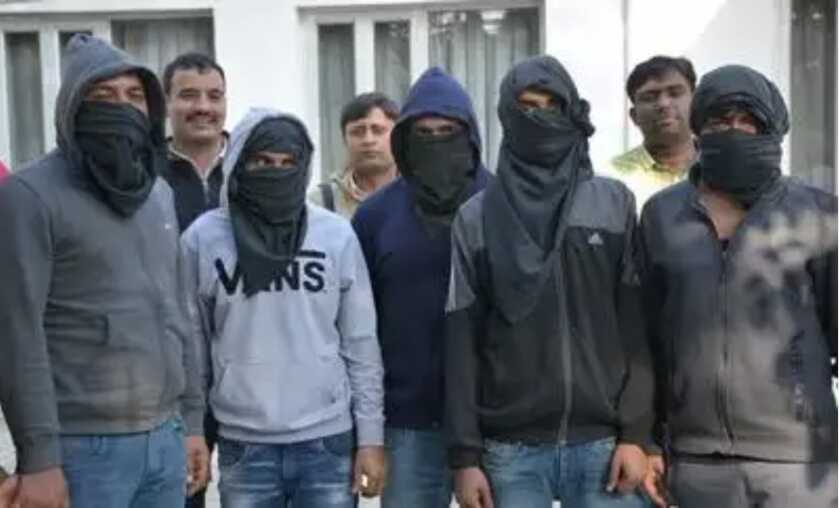
Bishnu’s plan was to placate the thieves in hopes that they might depart without anyone getting hurt. However, his seatmate was apparently an attractive young 18-year-old lady traveling with her parents. The mob of ruffians decided that before they left the train they would take a moment to gang-rape this innocent woman. When the girl called out desperately for help the quiet Bishnu Prasad Shrestha transformed into something else entirely.
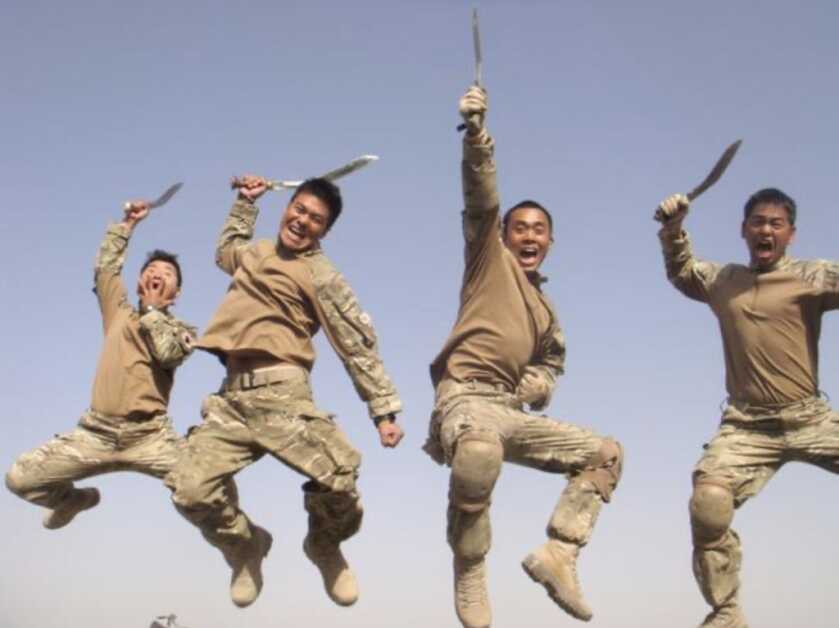
Bishnu had given up his valuables and he was traveling in civilian clothes, but he was still a Gurkha. Tucked into his carry-on bag was the wicked curved kukri (also spelled khukuri) knife that is so integral to the Gurkha mythos. In addition to their legendary toughness, the Nepalese Gurkhas train extensively to use their kukris in close combat situations. Outnumbered 30 to 1 and with the safety and chastity of an innocent young woman hanging in the balance, Bishnu Prasad Shrestha went full Chuck Norris on a whole trainload of bad guys. In his own words, “I am a soldier and get paid to protect citizens of this country. I could not sit back and watch as passengers were looted. I pulled out my khukuri and attacked the criminals. I succeeded in connecting with at least three of them. The blows were severe and they must have got themselves admitted to some hospital. By then, the criminals started fighting back. They fired a shot that missed me.”

The description of what happened next varies by source. Most references claimed that Bishnu killed three of the robbers and severely injured another eight while the rest retreated into the jungle. Along the way, Bishnu was himself grievously wounded. The girl in question also suffered a superficial cut to the neck but recovered. In such close quarters and against such terrible odds I suspect that was one simply epic fight.
The Weapon
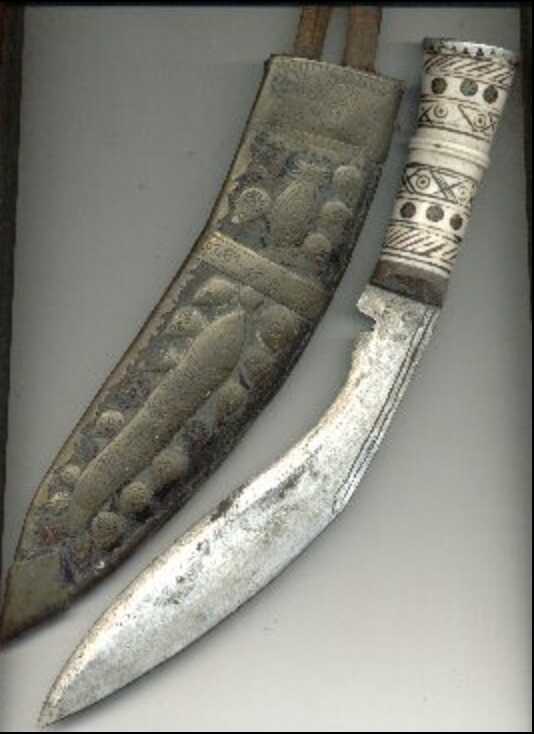
The kukri knife is a form of machete unique to the Indian subcontinent. Alternate spellings include khukri, kukri, and khukuri. Its origins date back to a farming implement used as a form of sickle for harvesting crops in centuries past. There is a legend that Gurkhas will not return a kukri to its sheath without drawing blood, but that is apparently just a myth.

Once the East India Trading Company established a presence in the subcontinent, the stories of the kukri knife and the diminutive warriors who wielded it began to filter out to the rest of the world. While legend has it that vampires are killed solely by exposure to sunlight or via a wooden stake driven through their hearts, the conclusion of Bram Stoker’s Dracula has the famous bloodsucking ghoul ended by having his throat cut by the hero’s kukri knife.
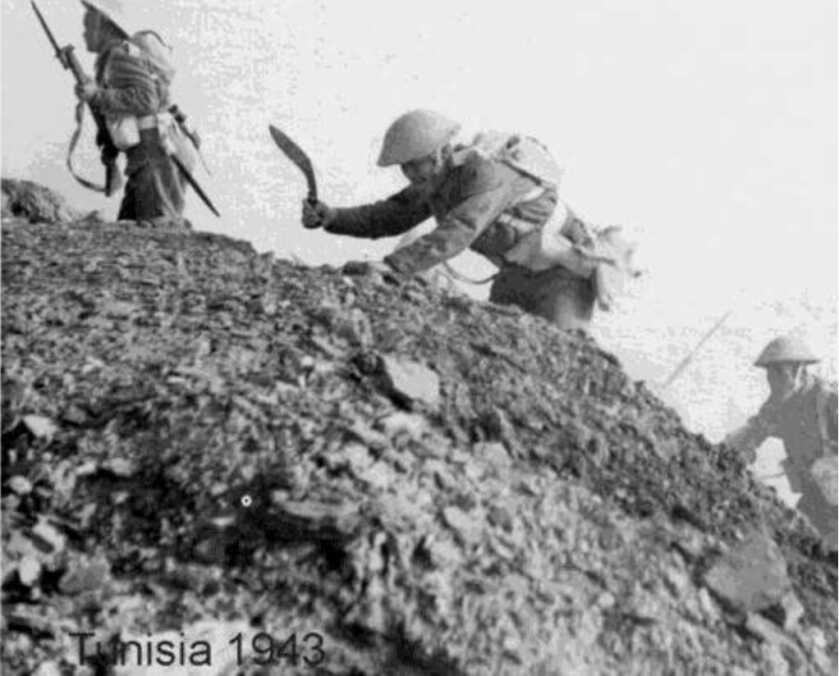
The kukri is inextricably intertwined with the Gurkha legend that has spanned both world wars and beyond. During the fight for North Africa against the German Afrika Korps, one Gurkha situation report to their higher headquarters read simply, “Enemy losses: ten killed, our nil. Ammunition expenditure nil.” I own an original Gurkha military kukri knife. Up close when wielded by a determined operator that thing would be terrifying.
The Aftermath

The engineers restarted the train and proceeded to their destination to be met by police. The officers boarded the train and arrested six badly injured thugs. They recovered multiple wristwatches, nearly 200 mobile phones, 40 laptop computers, and a large amount of cash. They also confiscated two handguns with ammunition and seven knives.
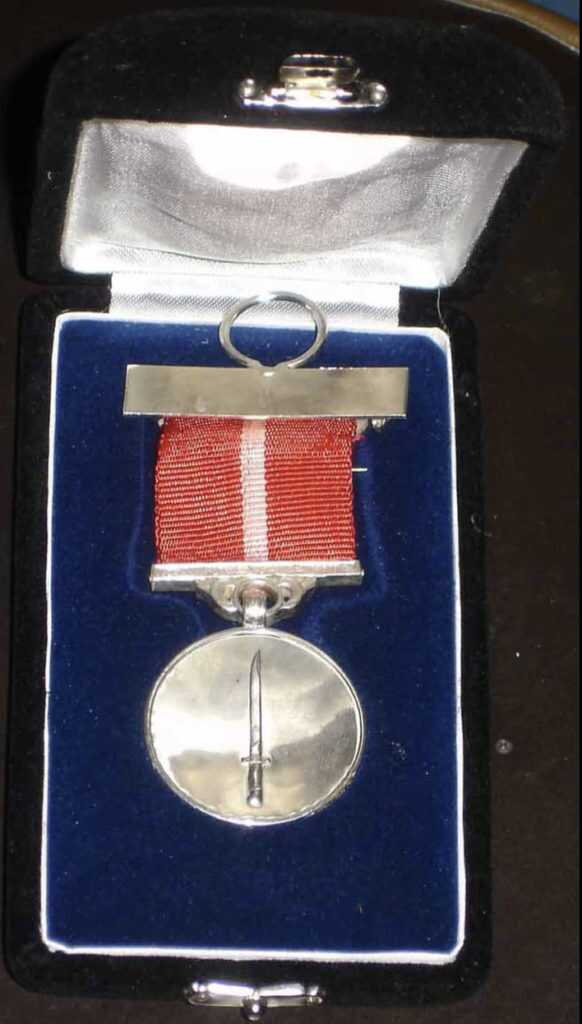
Many of the captured criminals were seasoned thugs with bounties on their heads. The Indian government awarded the accumulated bounties to Bishnu. He was also reinstated in the Indian military long enough to receive a promotion and two awards for valor, the Sena Medal for Bravery and the Jeevan Raksha Padak Medal. It took two months of medical treatment to regain proper use of his injured left hand. He now resides in his small village and has apparently made a peaceful life for himself.
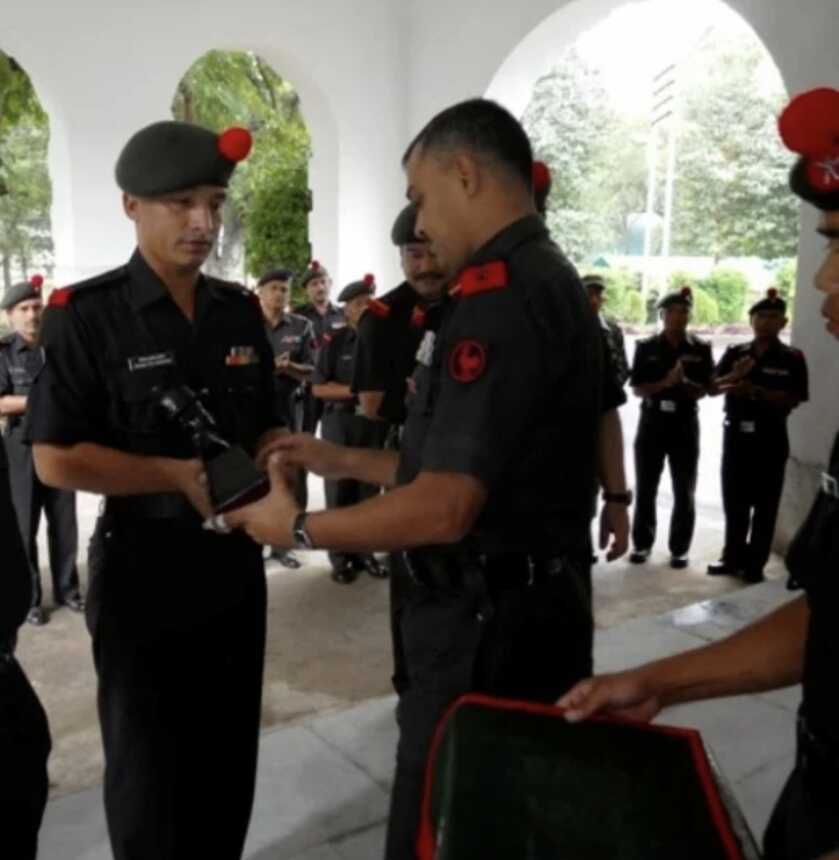
The parents of the aggrieved young woman collected some $6,500 as a gift to Bishnu in appreciation for his selfless actions to protect their daughter. The humble Gurkha refused the reward. In so doing he said, “Fighting the enemy in battle is my duty as a soldier. Taking on the thugs on the train was my duty as a human being.” What a freaking stud.
*** Buy and Sell on GunsAmerica! ***

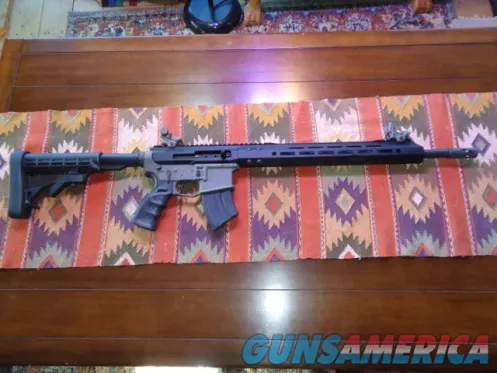

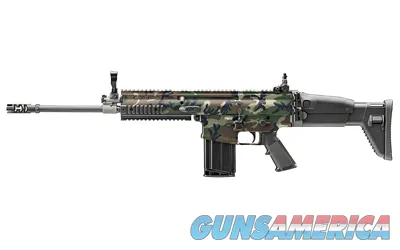








Why am I not surprised that it would be Dr. Will Dabbs to tell this tale, I think he is also quite a guy and seemingly very prepared to take care of himself and family, probably not to the extent that the Gurkhas are, but in terms of what to expect of an American man that is also cognizant of the risks and rewards in life as a result of his experiences. As for that Gurkha, he roundly deserves every accolade that he receives as a result of his actions, and I hope that he lives a long and happy life in his village!
Good story Dr these guys are really badasses the you have Korean rock marines
Those 30 thugs didn’t realize that they were outnumbered. “What a freaking stud!”
Not to make light of his situation but if one man had to fight 40, then the tight spaces on a train would make it an ideal situation for him! Since only a couple of people could fit in the aisle between the seats, he would only have to fight one or two at a time (except for the flying bullets!) ! Kind of like the 300 Spartans at the battle of Thermopolis! That guy was FEARLESS!
What a guy! We need more people in the world like him.
Yet another great story, wonderfully spun by the master story-teller, Doctor Will. It would be hard to find a more deserving individual to dedicate all the research and time to than Bishnu. I couldn’t have described him better than when Doctor Will stated “What a freaking stud!”
Yet another great story, wonderfully spun by the master story-teller, Doctor Will. It would be hard to find a more deserving individual to dedicate all the research and time to than Bishnu. I couldn’t have described him be than when Doctor Will stated “What a freaking stud!”
It’s not easy to pick a favorite gunwriter from today’s crop of legends but I select Will Dabbs, MD. He looks good in a crewcut while LARPing about with various cool firearms too!
Another great tale of an honorable man who stood against evil, and prevailed against all odds. Thank you, Will.
Now… How do we go about getting a couple of Gurkha regiments to enforce OUR borders?!?
My father first met Gurkhas in Britain early on during second world war. He had great praise for their fighting ability. He said the rumor was that they took no prisoners.
Bishnu is the epitome of the saying, “He’s not bad, but the bad don’t mess with him, twice.” HOOOOAAAHHH!!! Sgt. Mack
From everything I have read about this incident, the Writer has the facts straight. The only “mistake” is that the Kukri once drawn did have to taste blood. It is not a myth. The practice was discontinued some time in the 1960, and is no longer required. The Gurkha are still some of the fiercest warriors on the face of the earth, as this story shows.
Exactly, no myth. My 1st Martial Arts teacher, Alan Thompson, was trained by a WW2-active Gurkha who had settled in the US. His arm was covered in micro-scars and he always cut himself, when drawing his kukri, usually on the draw itself. He was in central TN, had a snall farm. Regretfully, I never got there out myself as a poor college student in Knoxville, though invited.
Legendary fighters, legendary knife. Great story.